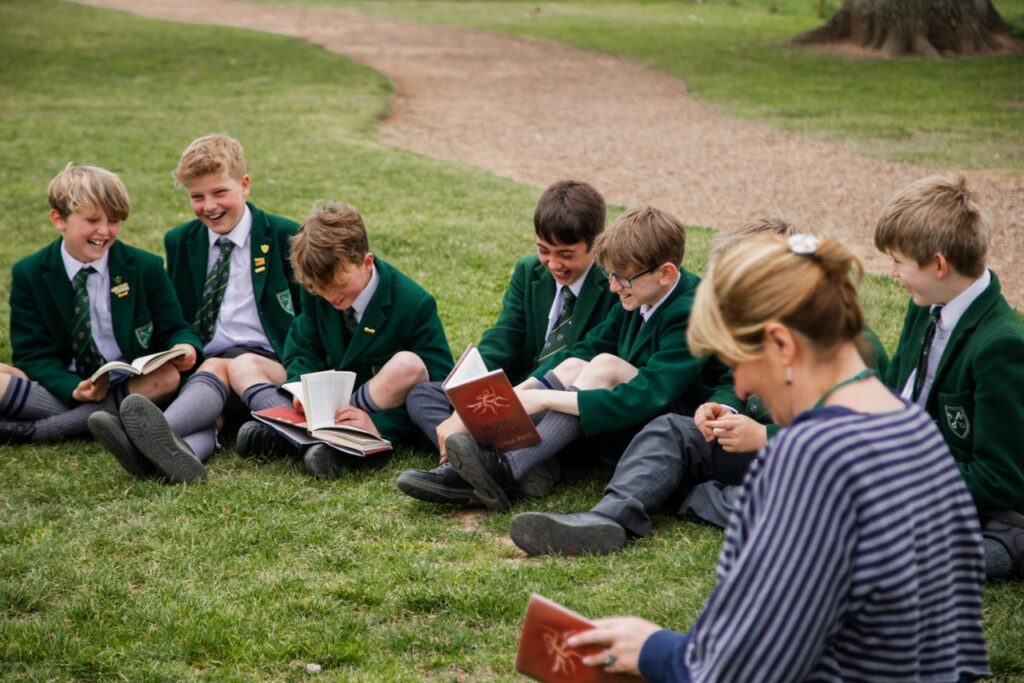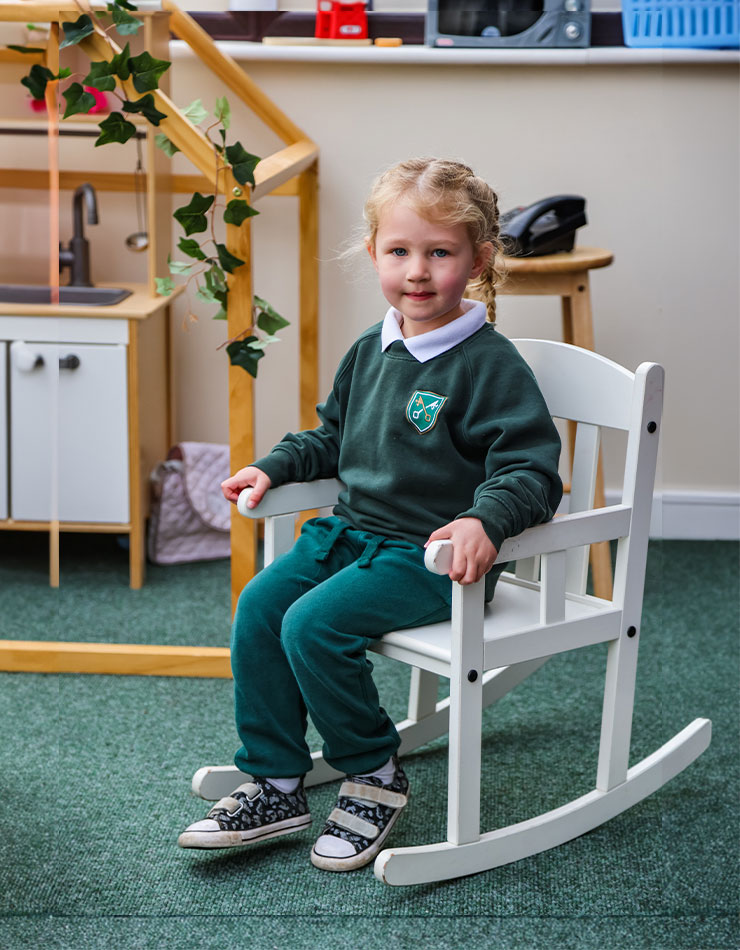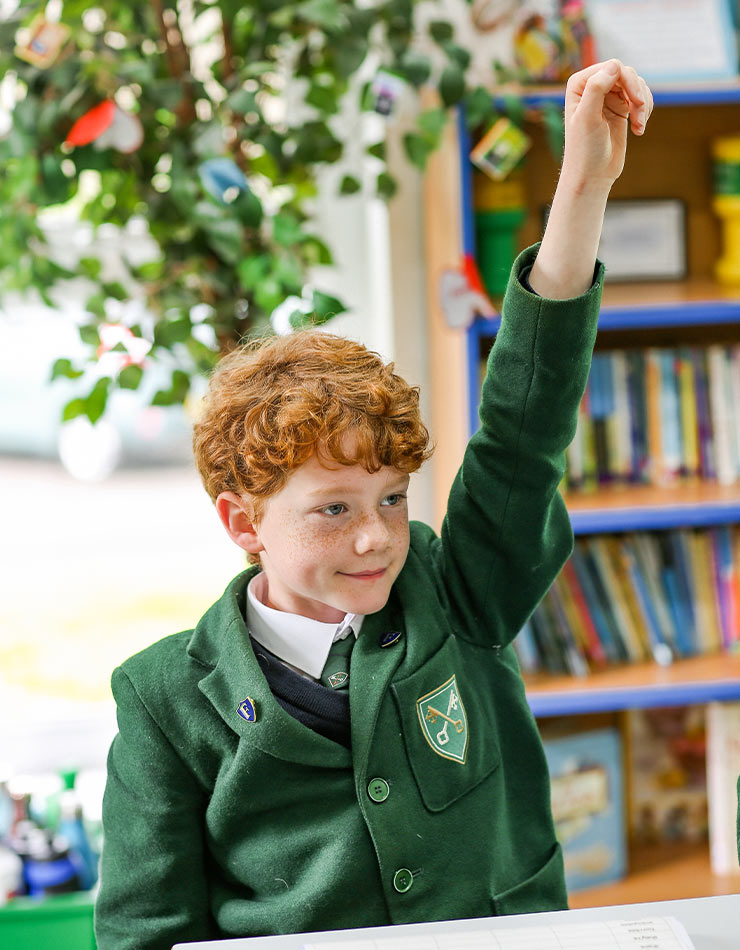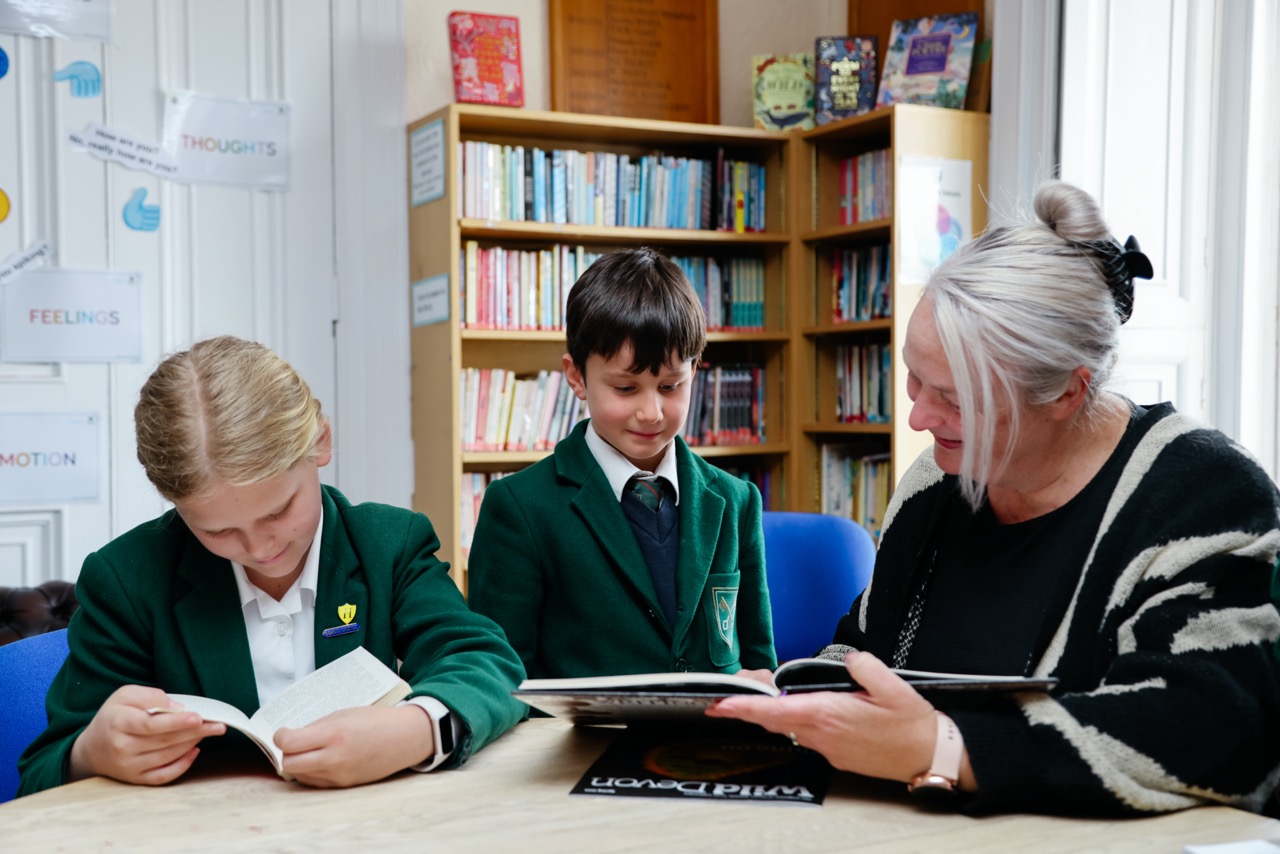Whether your child works better in smaller groups or just wants an engaging education, smaller classrooms can offer numerous benefits for both students and teachers.
At our private school in Devon, we take advantage of smaller class sizes and a vast outdoor space; the perfect combination for students to flourish.
Do Private Schools Have Smaller Class Sizes?
One of the advantages of private or independent schools over state schools is that they are able to control class sizes. Because they’re not obliged to accept as many pupils as possible in a catchment area, independent schools – like our prep school – tend to have smaller classes than their state equivalents.
The reason why private schools tend to be selective about their class sizes is because of the significant benefits that pupils can receive when class sizes are kept small. We’ve seen first-hand in our pupils how advantageous smaller class sizes can be. See below just some of the many benefits pupils can receive for both their personal and academic development.

1. Increased Individualised Attention
In smaller classrooms, teachers can provide more one-to-one attention to each student, allowing teachers to better understand each pupil’s unique needs.
With fewer children on which to focus, educators have more room to tailor their lessons and offer more personalised feedback, including providing extra support for struggling pupils.
A more targeted approach bolsters academic performance and also boosts confidence, ensuring everyone feels valued and part of the learning journey over the course of an academic year.
2. More Pupil Involvement
In a large class, it’s easy for more introverted pupils to avoid getting involved, which can negatively impact both their academic performance and social development. In smaller classes, it’s much easier for teachers to actively support more shy pupils to engage, whether that’s directly in the class or through small group work.
Pupils who feel more involved in lessons are more motivated to learn, fostering a deeper understanding of the material. Smaller classes help to create an environment where children feel comfortable sharing ideas and asking questions, which can aid personal development and also help to create more engaging lessons.

3. Improved Student-Teacher Relationships
Smaller class sizes enable teachers to establish deeper connections with each individual. This close relationship not only leads to improved classroom outcomes but, crucially, makes children feel more comfortable seeking additional help and support from their teachers.
By understanding each pupil’s strengths and interests, teachers are more equipped to collaborate with individual pupils to achieve even more successful outcomes than might be possible in a standard classroom. These relationships often result in more responsive and personalised instruction, ultimately enhancing the overall educational experience.
4. More Space
It might sound obvious that fewer pupils mean more space, but it’s easy to underestimate the benefits this can bring.
There are a variety of ways children can learn effectively, whether through visual, reading and writing, auditory, or kinaesthetic means. With smaller classes, it’s easier for teachers to regularly utilise the world around them, whether it is using classrooms for experiments or engaging in outdoor activities.
With more scope for educational games and freedom to move around, it’s possible to create much more interactive and engaging learning experiences, which can benefit historically underserved learning styles.

5. Better Classroom Management
With fewer pupils, teachers can maintain a more orderly and focused learning environment. It becomes easier to handle behaviour issues, minimise disruptions, and ensure everyone remains on task.
This improved management allows teachers to allocate more time and energy to instruction, creating a conducive atmosphere for effective teaching and learning. It benefits both educators and children, fostering a more productive and harmonious classroom experience where everyone feels valued.
6. Better Peer Relationships
Smaller class sizes don’t just help teachers understand their pupils better, they’re also great for ensuring children get the chance to really understand each other.
With smaller class sizes, pupils are more likely to listen to the ideas of others, as well as share their own thoughts on a particular subject. This space – along with the repetition of familiar faces – allows children to feel comfortable and secure, encouraging them to connect with their peers and, hopefully, form friendships beyond the classroom.
In turn, classes feel more like a strong community, where pupils inspire others to contribute to lessons and motivate each other to do their best.
7. More Emotional Support
Another advantage of having smaller class sizes is that teachers have the time and resources to support pupils emotionally.
In larger classes, it’s easy for children who feel less confident to hide in the background and be missed by teachers trying to manage a lot of pupils at once. With smaller classes, teachers are better equipped to notice early signs and, thanks to stronger teacher-pupil relationships, provide the support and confidence necessary to push children to be their best selves.
8. Improved Student Achievement
Ultimately, all of these benefits blended together lead to improved pupil outcomes.
Research from groups such as EEF shows that a notable reduction in class sizes, combined with effective teaching that utilises the benefits we’ve discussed, can make a material difference to the academic performance of a child over the course of their school life.
Are There Any Cons to Smaller Class Sizes?
As we all know, there is no one-size-fits-all solution to learning and development. While smaller class sizes have been shown to provide many benefits, there are some areas where larger classes can help.
Some people argue that larger classes and schools are important for capturing a wide range of views. Larger classrooms are more likely to contain a wider sample of perspectives, which can help children develop their abilities to empathise with others.
There are also studies that suggest simply reducing the size of classes doesn’t in itself improve pupil performance. Ultimately, pupil success is down to the quality of educational resources (like teachers and equipment); great resources in a large class will deliver better results than minimal resources in a small class.
As you can see, the main cons of a smaller class size are often remedied by high-quality teaching. By combining excellent teaching with smaller classes, every pupil has the opportunity to reach their full potential.
We are proud to offer small class sizes in all of our lessons, giving our talented teachers the tools they need to create a positive educational experience for all pupils. To learn more about how we do things, feel free to contact us to organise a visit.








